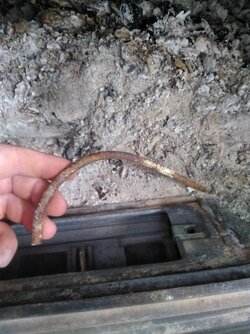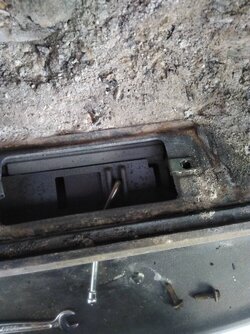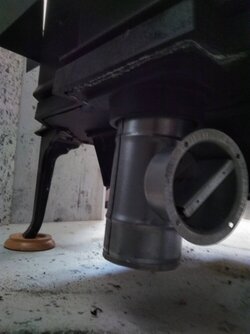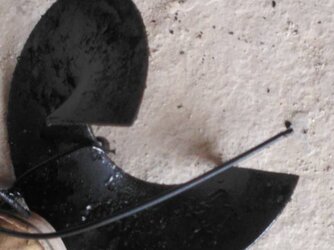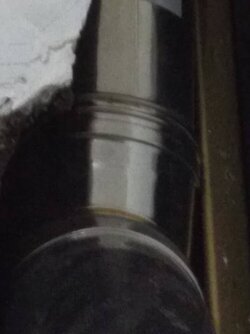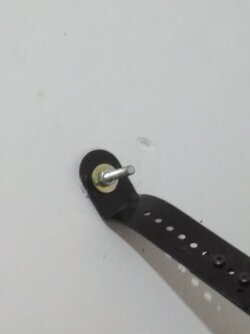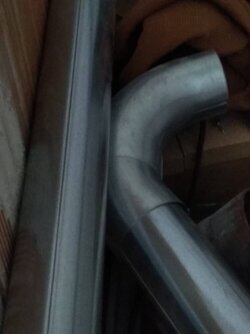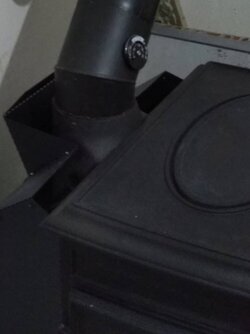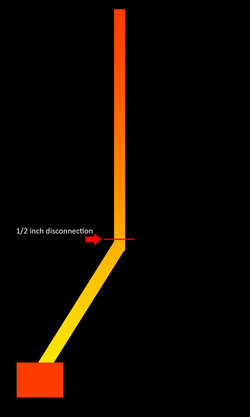I've had to learn a bit about humidification, as our relative humidity (RH) was running under 20% in winter. Imagine that, a mud-stacked stone house, which are supposed to be always "damp" if anyone believes that old wives' tale, at 17% RH all winter. It was causing us some serious discomfort.
My two key take-aways were this:
1. Stoves without outside air kits (OAKs) draw constant fresh air in through the house, which must then be heated, thus lowering it's RH%. The best cure to maintaining your humidity is always an OAK.
2. A pot of water simmering atop the stove is like pissing in the desert, and calling it wet. You will never put nearly enough moisture into the air to make up for what your stove is pulling out, particularly since you're introducing said moisture right at the exit point, where the stove can immediately draw it up the flue. You need a humidifier, or preferably a few, located elsewhere in the house. If located near a known air entry point, this will help distribute the water throughout the house.
On the subject of humidifiers, you'll find there's three basic types:
1. Ultrasonic, the majority of cheap consumer humidifiers on the market today. Advantage is no wick to replace, but disadvantage is they put all of your hard water minerals into the air, to be distributed as white dust around the house.
2. Wick type, has a wick that draws up water, and a fan that blows across the wick. If you owned a humidifier before 1980, it was likely a wick type, as they pre-dated the ultrasonic type as the common household humidifier. These have the advantage of retaining all water minerals in the wick, and keeping your house much cleaner (in fact they work as sort of an ad-hoc air purifier), but you do need to replace the wick every few weeks. I buy 6-packs of wicks for $4 each, and get 3-5 weeks out of each one.
3. Steam type, not common for portable / household humidifiers, but shares similar pros and cons to ultrasonic.
I really like my Honeywell HEV620B's, I have a small fleet of them that come out every winter, and then get stored in the attic every summer.


